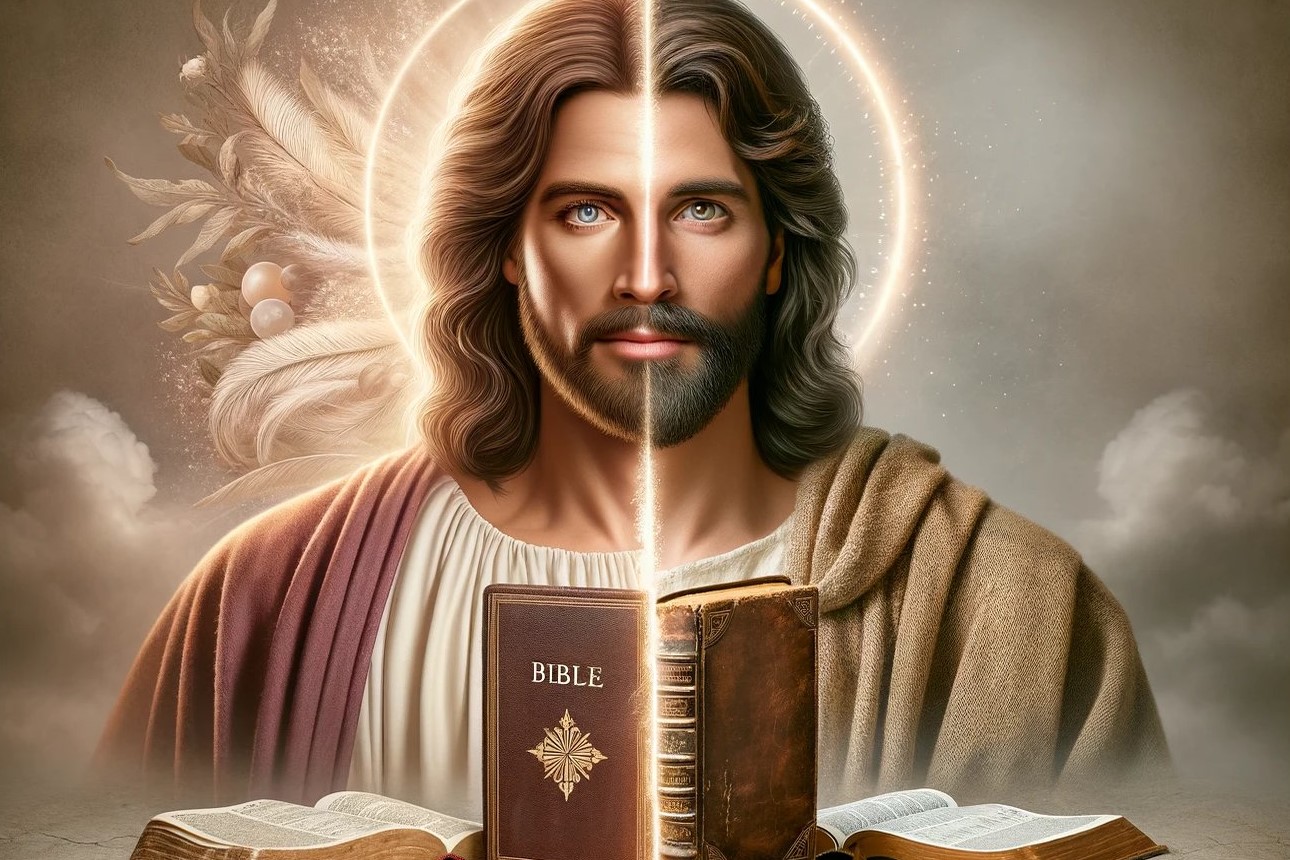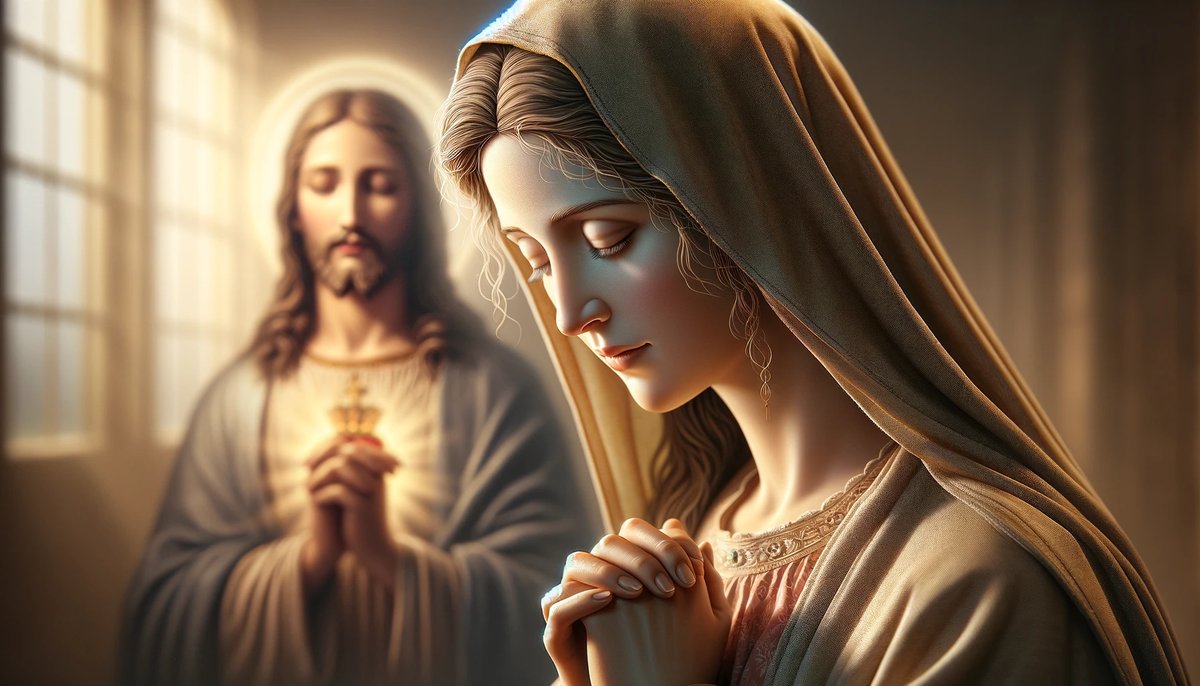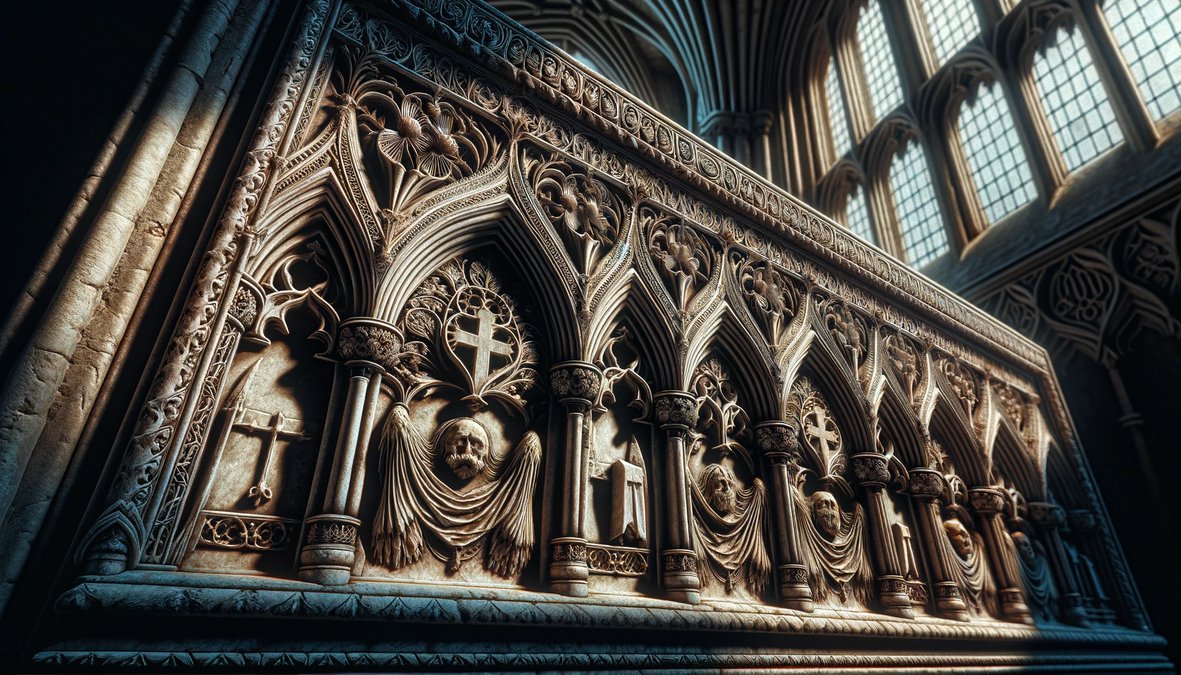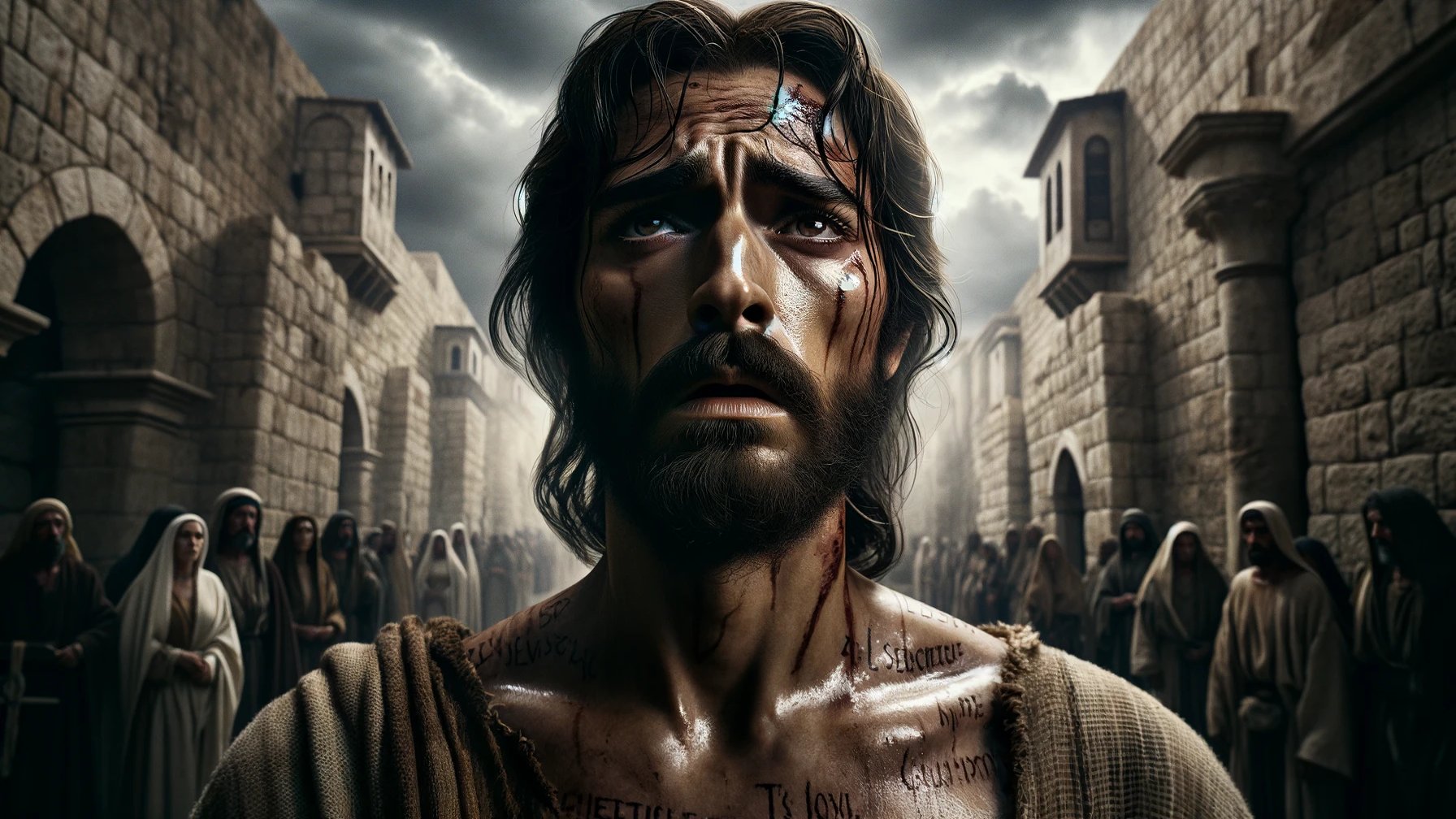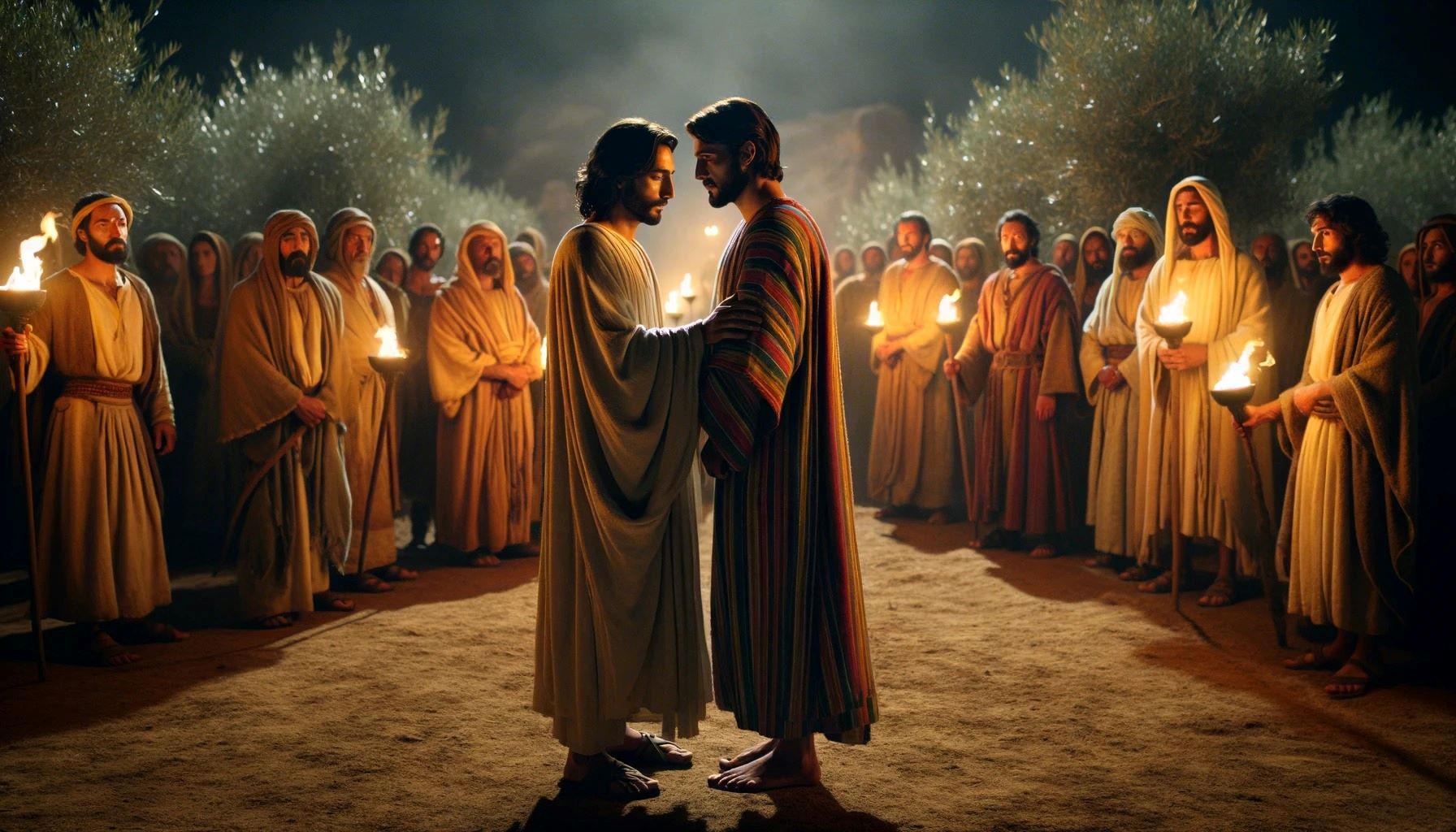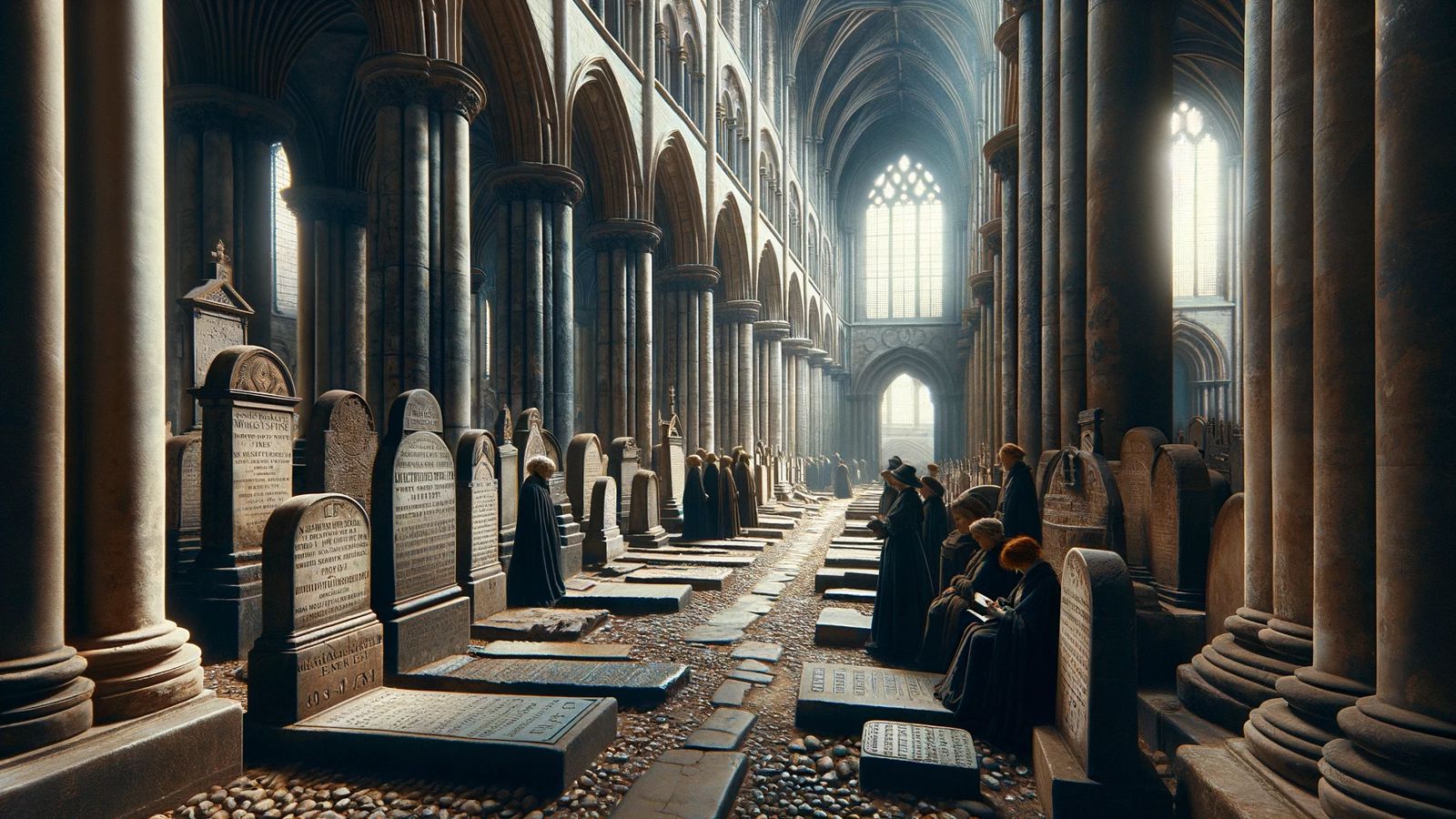Home>Christian Videos>Bible Stories>Who Buried Jesus Christ In The Bible
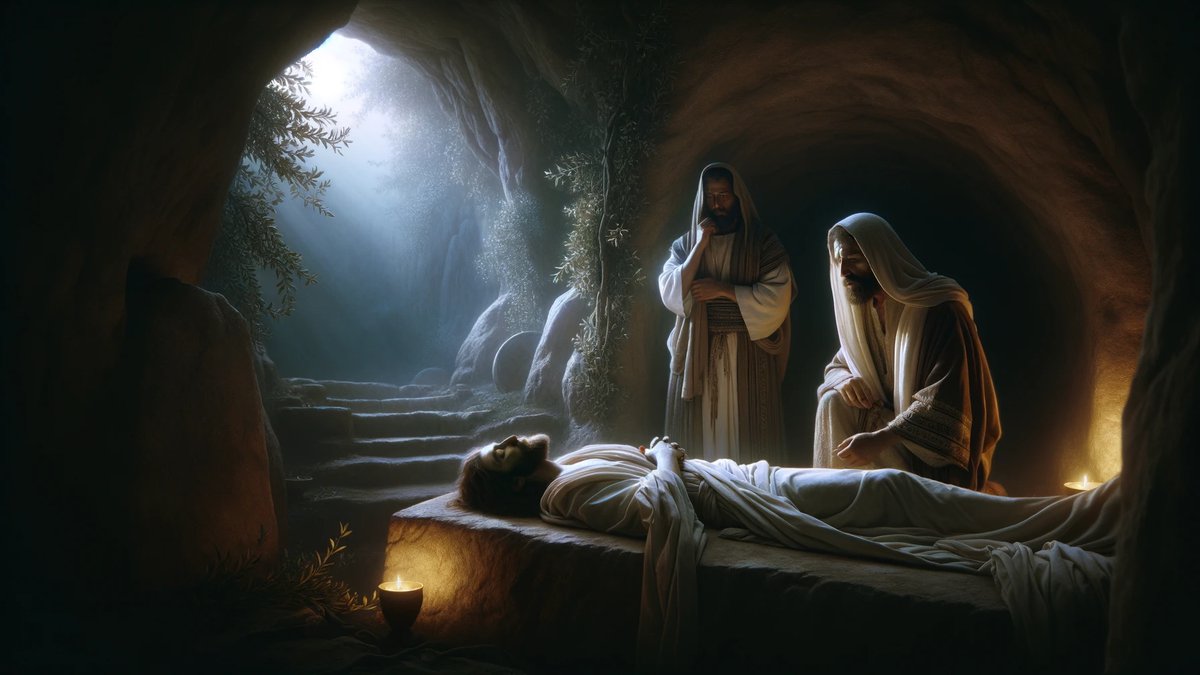

Bible Stories
Who Buried Jesus Christ In The Bible
Published: March 1, 2024
Peter Smith, Editorial Director at Christian.net, combines deep insights into faith, politics, and culture to lead content creation that resonates widely. Awarded for his contributions to religious discourse, he previously headed a major organization for religious communicators, enhancing dialogue on faith's societal impacts.
Discover the biblical account of who buried Jesus Christ and the significance of this event in the Bible. Explore this and other captivating Bible stories.
(Many of the links in this article redirect to a specific reviewed product. Your purchase of these products through affiliate links helps to generate commission for Christian.net, at no extra cost. Learn more)
Table of Contents
The Burial of Jesus Christ
The burial of Jesus Christ is a significant event in the Christian faith, marking the end of his earthly life and the beginning of the promise of resurrection. According to the Bible, after Jesus was crucified, his body was taken down from the cross and laid in a tomb. This act of burial holds deep spiritual and theological meaning for Christians around the world, as it symbolizes the fulfillment of prophecy and the hope of new life.
-
The Act of Burial: The Gospels of Matthew, Mark, Luke, and John all record the burial of Jesus. After his death on the cross, Joseph of Arimathea, a wealthy disciple of Jesus, went to Pilate and asked for permission to take Jesus' body. Together with Nicodemus, another follower of Jesus, Joseph wrapped the body in linen cloths with spices, in accordance with Jewish burial customs, and placed it in a new tomb.
-
Fulfillment of Prophecy: The burial of Jesus fulfills the Old Testament prophecies, particularly Isaiah 53:9, which foretold that the Messiah would be buried in a rich man's tomb. This connection to prophecy underscores the divine plan and reinforces the belief that Jesus is the long-awaited Savior.
-
Symbolism of Burial: The act of burying Jesus holds deep symbolic significance in Christian theology. It represents the completion of his earthly mission and the anticipation of his resurrection. The tomb becomes a symbol of hope and the promise of new life, as Jesus' burial is followed by his triumphant resurrection.
-
Theological Significance: In Christian theology, the burial of Jesus is an essential part of the redemptive work of Christ. It signifies the reality of his death and the assurance of his bodily resurrection, which is central to the Christian faith. The burial of Jesus is inseparable from the subsequent events of Easter, where his resurrection is celebrated as the ultimate victory over sin and death.
The burial of Jesus Christ is a pivotal moment in the Christian narrative, embodying profound theological truths and offering believers a message of hope and redemption. It serves as a reminder of the sacrificial love of Christ and the promise of new life for all who believe in him.
Read more: Where Was Jesus Christ Buried
The Tomb of Jesus Christ
The tomb of Jesus Christ, where his body was laid after the crucifixion, holds immense significance in Christian history and theology. The location of the tomb, traditionally believed to be the Garden Tomb or the Church of the Holy Sepulchre in Jerusalem, is a focal point for pilgrims and believers from around the world. The tomb itself is a symbol of both the reality of Jesus' death and the promise of his resurrection, making it a central element in the Christian faith.
-
Historical and Spiritual Importance: The tomb of Jesus is not only a historical site but also a deeply spiritual one. It represents the physical space where Jesus' body was placed, and subsequently, where his resurrection took place. For Christians, it is a place of profound reverence and awe, as it embodies the pivotal events of Jesus' death and resurrection.
-
Pilgrimage Destination: The tomb of Jesus Christ is a significant destination for pilgrims and tourists seeking to connect with the roots of their faith. The act of visiting the tomb holds deep spiritual meaning, as it allows believers to stand in the place where Jesus' body was laid and to reflect on the profound implications of his resurrection.
-
Symbol of Hope and Redemption: The tomb serves as a powerful symbol of hope and redemption in Christian theology. It represents the temporary resting place of Jesus before his triumphant resurrection, signifying the ultimate victory over sin and death. The empty tomb is a testament to the fulfillment of God's promises and the assurance of new life for all who believe.
-
Archaeological and Historical Research: Over the centuries, the tomb of Jesus has been a subject of archaeological and historical research, seeking to authenticate its location and significance. While scholarly debates continue, the spiritual and theological significance of the tomb transcends its historical authenticity, as it remains a focal point of faith and devotion for millions of Christians worldwide.
-
Continued Reverence and Worship: The tomb of Jesus Christ continues to be a place of reverence and worship, with various Christian denominations conducting services and ceremonies at the site. The annual Easter celebrations at the Church of the Holy Sepulchre, including the Holy Fire ceremony, draw thousands of pilgrims and believers, reaffirming the enduring significance of the tomb in Christian worship and devotion.
The tomb of Jesus Christ stands as a testament to the core beliefs of the Christian faith, encapsulating the profound truths of death, resurrection, and the promise of eternal life. Its historical, spiritual, and theological importance makes it a sacred site that continues to inspire and strengthen the faith of believers across the globe.
The Burial Process in the Bible
The burial process in the Bible, particularly concerning the burial of Jesus Christ, reflects the cultural and religious customs of the time. Understanding the burial process provides insight into the significance of Jesus' burial and its theological implications in Christian faith.
-
Preparation of the Body: In the case of Jesus' burial, Joseph of Arimathea and Nicodemus took charge of preparing the body for burial. They wrapped Jesus' body in linen cloths along with a mixture of myrrh and aloes, in accordance with Jewish burial customs. This act of preparation was a demonstration of honor and respect for the deceased, reflecting the cultural practices of the time.
-
Tomb Placement: The Gospels record that Jesus was laid in a new tomb belonging to Joseph of Arimathea. The use of a new tomb was significant, as it fulfilled the prophecy that the Messiah would be buried in a rich man's tomb (Isaiah 53:9). This detail underscores the divine orchestration of Jesus' burial, aligning with the Old Testament prophecies.
-
Burial Customs: The burial process for Jesus aligns with Jewish burial customs of the time, which involved wrapping the body in linen cloths and anointing it with spices. These customs were rooted in the cultural practices and religious traditions of the Jewish people, emphasizing the reverence and care given to the deceased.
-
Symbolism of Burial: The burial process holds symbolic significance in Christian theology, representing the completion of Jesus' earthly mission and the anticipation of his resurrection. The act of laying Jesus in the tomb symbolizes the temporary nature of death and the promise of new life, serving as a foundational belief in the Christian faith.
-
Theological Implications: The burial process in the Bible carries profound theological implications, as it underscores the reality of Jesus' death and the assurance of his resurrection. The careful and deliberate manner in which Jesus was buried reflects the divine plan of redemption, culminating in the triumph of Easter and the hope of eternal life for believers.
The burial process in the Bible, particularly in the context of Jesus' burial, serves as a poignant reminder of the cultural, religious, and theological significance of this event. It not only reflects the customs of the time but also holds deep symbolic and theological meaning for Christians, reinforcing the core beliefs of death, resurrection, and the promise of new life.
The Burial Site of Jesus Christ
The burial site of Jesus Christ has been a subject of profound significance and reverence in Christian history and theology. Traditionally, two primary locations in Jerusalem are associated with the burial of Jesus: the Church of the Holy Sepulchre and the Garden Tomb. Both sites have been the focus of pilgrimage, scholarly inquiry, and spiritual devotion, as believers seek to connect with the pivotal events of Jesus' death and resurrection.
-
Church of the Holy Sepulchre: This ancient church, located in the Christian Quarter of the Old City of Jerusalem, is traditionally believed to encompass the sites of Jesus' crucifixion, burial, and resurrection. The church's complex history and architectural significance make it a central pilgrimage destination for Christians worldwide. The Aedicule, a small structure within the church, is traditionally regarded as the location of Jesus' tomb, where his body was laid before the resurrection.
-
Garden Tomb: Situated just outside the Old City walls of Jerusalem, the Garden Tomb is an alternative site believed by some to be the location of Jesus' burial and resurrection. The serene garden setting and the rock-cut tomb have drawn pilgrims and visitors seeking a place of contemplation and spiritual reflection. While scholarly debates continue regarding the authenticity of this site, its tranquil ambiance and historical resonance make it a significant location for many believers.
-
Spiritual Significance: Both the Church of the Holy Sepulchre and the Garden Tomb hold immense spiritual significance for Christians. The act of visiting these sites allows believers to connect with the tangible locations associated with Jesus' burial and resurrection, fostering a deep sense of reverence and awe. The spiritual impact of these sites transcends historical debates, as they serve as focal points for prayer, worship, and contemplation.
-
Archaeological and Historical Exploration: Over the centuries, scholars and archaeologists have conducted research and excavations at these sites, seeking to authenticate their historical and biblical connections. While the historical accuracy of the sites remains a subject of scholarly inquiry, their spiritual and theological significance endures, shaping the faith and devotion of millions of Christians.
-
Continued Pilgrimage and Worship: The Church of the Holy Sepulchre and the Garden Tomb continue to attract pilgrims and worshippers from diverse Christian traditions. The annual Easter celebrations at these sites, including processions, liturgical services, and the observance of the Resurrection, reaffirm the enduring spiritual and communal significance of these locations in the Christian faith.
The burial site of Jesus Christ, whether at the Church of the Holy Sepulchre or the Garden Tomb, remains a focal point of faith, devotion, and pilgrimage for Christians worldwide. Its historical, spiritual, and theological resonance serves as a tangible reminder of the core beliefs of the Christian faith, encapsulating the profound truths of Jesus' death, burial, and resurrection.
The Burial Ceremony for Jesus Christ
The burial ceremony for Jesus Christ, as depicted in the Gospels, holds deep significance in Christian theology and tradition. While the term "ceremony" may evoke formal rituals, the burial of Jesus involved profound acts of reverence, honor, and fulfillment of prophecy, marking the transition from the crucifixion to the anticipation of resurrection.
-
Act of Reverence: The burial of Jesus was an act of profound reverence and care. Joseph of Arimathea and Nicodemus, both followers of Jesus, took the responsibility of preparing his body for burial. They wrapped his body in linen cloths and anointed it with spices, following the Jewish burial customs of the time. This meticulous and deliberate process reflected the deep respect and honor accorded to Jesus, acknowledging his significance even in death.
-
Fulfillment of Prophecy: The burial of Jesus fulfilled the Old Testament prophecies, particularly the prophecy in Isaiah 53:9, which foretold that the Messiah would be buried in a rich man's tomb. The involvement of Joseph of Arimathea, a wealthy and influential figure, in providing his own new tomb for Jesus' burial underscored the alignment of these events with the scriptural promises, affirming Jesus' identity as the long-awaited Messiah.
-
Symbolism of Transition: The burial ceremony symbolized the transition from the sorrow of the crucifixion to the anticipation of resurrection. The act of laying Jesus' body in the tomb signified the completion of his earthly mission and the beginning of the fulfillment of God's redemptive plan. It marked a pivotal moment in the narrative of salvation, as the followers of Jesus grappled with the reality of his death while holding onto the hope of his promised return.
-
Theological Implications: The burial ceremony carries profound theological implications in Christian faith. It underscores the reality of Jesus' humanity, as his lifeless body was reverently placed in the tomb. Simultaneously, it anticipates the assurance of his resurrection, laying the foundation for the central message of hope and new life that defines the Christian faith. The burial of Jesus is inseparable from the subsequent events of Easter, where his resurrection is celebrated as the ultimate triumph over death.
-
Continued Commemoration: The burial ceremony for Jesus continues to be commemorated in various Christian traditions, particularly during the observance of Holy Week and Easter. Through liturgical services, devotional practices, and artistic representations, believers reflect on the solemnity and significance of Jesus' burial, recognizing its integral role in the narrative of redemption.
The burial ceremony for Jesus Christ, as depicted in the Bible, encapsulates the intersection of reverence, prophecy, symbolism, and theological significance. It serves as a poignant reminder of the foundational truths of the Christian faith, inviting believers to contemplate the profound implications of Jesus' death and the promise of his resurrection.
